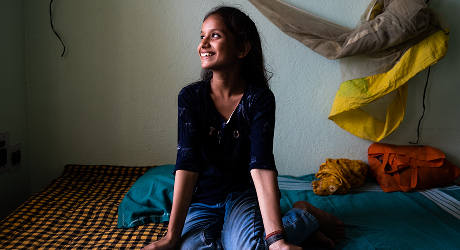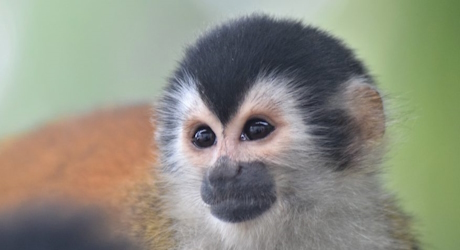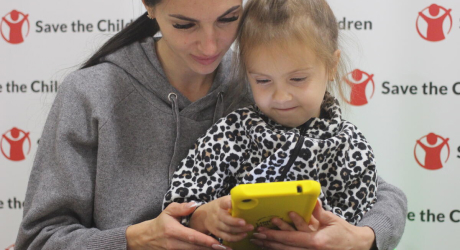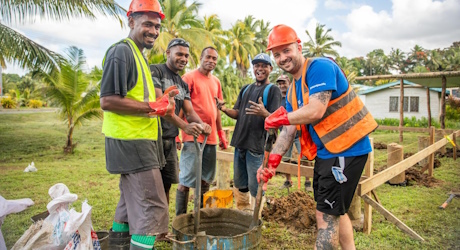Footprints Project
Since 2005, travelers like you have helped us change the world through micro-donations.
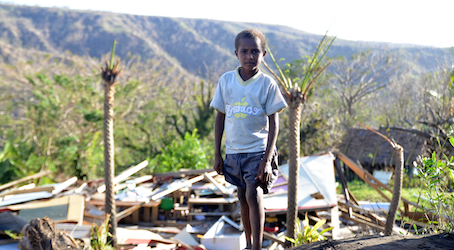
-
A total of
7183
Travelers
-
donated
$25192.89
(100% funded) -
to help improve
Health
-
impacting
7824
people -
in
Vanuatu
Project Overview
The Saving Lives in Vanuatu project is helping poor communities in Vanuatu better prepare for, and recover from, natural disasters and weather events. Vanuatu is one of the world’s most susceptible countries to natural disasters, making this project essential to the lives of participating communities. This was further demonstrated when Cyclone Pam struck the country in March 2015, causing widespread damage.
In 2016, 7,824 people benefited from this project. Care established and supported 13 Community Response and Action Plans on the islands of Tanna and Anietyum in Tafea Province.
Care also supported the Provincial and National Disaster Offices of Vanuatu to help improve their disaster management and emergency response planning.
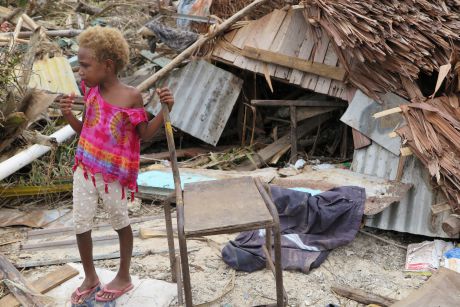
Key Project Activities
Community Disaster and Climate Change
Community Disaster and Climate Change Committees bring communities together in the event of a natural disaster and feed valuable information up to the Provincial Disaster and Climate Change Committee to coordinate and streamline responses in an emergency.
In this reporting period, 13 committees were established. Committee members were trained in how to prepare for disasters, how to assess initial damage, and how to adapt to climate change, such as through planting flood-resistant seeds and learning safer building techniques.
All groups took part in an emergency simulation exercise where all members could practice and test their skills in real-time. For each committee, the roles and responsibilities of those responding to an emergency are now clearly defined.
Feedback from those who participated was positive, and most now feel confident and understand their role in an emergency response.
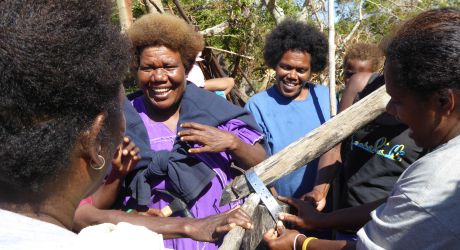
Including Women in Disaster Response Plans
Up to 50 per cent of committee members are women. Women have taken on roles as Coordinators, Team Leaders, Communications Managers and Disaster and Activity Relief Managers. During a disaster, women face a unique set of needs, since they are usually responsible for the care of children and the elderly, and face disadvantages in physical strength. Beyond immediate survival, women in disaster zones also face long-term challenges such as missing out on emergency relief, since they are often confined to private spaces caring for the young and the elderly, and lack of health services including for pregnancy and child birth. Involving women in response plans is an essential part of community emergency preparedness activities.
In the communities of Tanna and Aneityum, women face additional cultural barriers to taking up community leadership roles. For example, women are often expected to take care of their families as well as earn an income, particularly during busy tourism periods, leaving little time for leadership roles in the wider community. Women also generally have lower levels of education compared to men, and this can undermine their confidence to speak out and to act with authority. Concerted efforts therefore must be made to ensure women are involved in disaster preparedness in communities in Vanuatu.
Through continued discussion with and training of communities on the importance of including women in leadership and decision-making, CARE will continue to promote and support women into leadership roles and contribute to Council Development Plans to ensure guidelines include the needs of women and girls, men and boys in an emergency response.
Community Response and Action Plans
To date, 11 of the 13 communities have completed their community response and action plans. These plans make residents aware of the safest place to find shelter, and teach residents to minimise damage to their livelihoods property and own lives through simple measures such as removing trees from overhanging their homes or growing flood resistant crops. Once plans are complete, local area councils will incorporate Community Response and Action Plans into their own Development Plans.
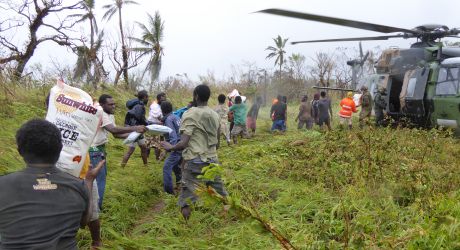
What Next?
An impact study of CARE’s disaster preparedness was done to measure the actions and responses of those communities who have taken part in this project. Findings from the study found that communities who had received information from this project and developed strong relationships with their Provincial Disaster Committee, particularly prior to Tropical Cyclone Pam, realised sustainable improvements in their ability to plan, prepare and manage risks.
Findings from this report show that disaster risk management is effective for saving lives during a disaster, and will be used to secure future support and funding for this project.
Can I visit this project?
Due to the nature of this project, not at this time.
Traveling soon? When you buy travel insurance with us, you can make a contribution towards a cause you care about.
Get a quote